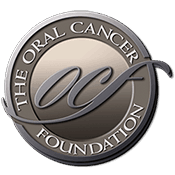Why HPV Vaccination Rates Remain Low in Rural States
Source: TechnologyReview.com Author: Emily Mullin Date: September 1, 2017 Mandi Price never thought she’d be diagnosed with cancer at age 24. She was a healthy college student finishing her senior year when, during a regular Pap smear, her gynecologist found abnormal cells in her cervix. It was stage II cervical cancer. Even more devastating was the fact that her cancer was preventable. Doctors detected a strain of human papillomavirus, the most common sexually transmitted infection in the U.S., in Price’s cancer cells. That strain of HPV is targeted by a vaccine called Gardasil. But Price never got the vaccine. Her primary care doctor didn’t recommend it when she was a teenager growing up in Washington state. Had she received it before becoming infected with HPV, she wouldn’t have gotten cancer. Price dropped out of her classes to get treatment. She needed surgery to remove the tumor from her cervix, then underwent chemotherapy and radiation to kill any remaining cancerous tissue. At her one-year follow-up appointment, doctors found that the cancer had spread. She endured chemotherapy for another six months. Now, at 29, Price is in remission and is working in Los Angeles. “Most of my 20s comprised being in a hospital. It was isolating,” she says. Merck’s Gardasil vaccine was considered a breakthrough when it was approved by the U.S. Food and Drug Administration in June 2006. It was the first vaccine to protect against several cancers. But more than a decade after the vaccine came out, vaccination rates [...]
